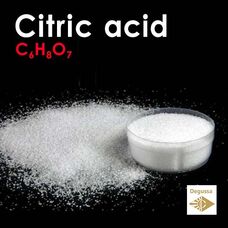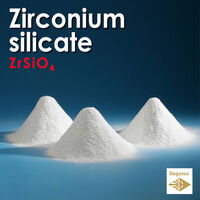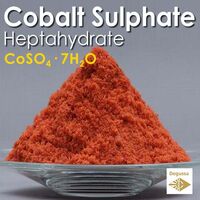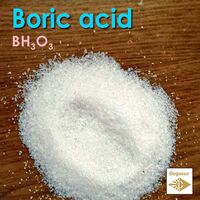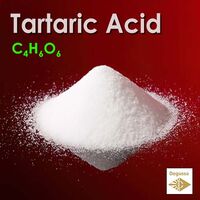Can you use citric acid on porcelain? What can acid citric be used for? What happens to citric acid when heated? Is citric acid a dispersant
C6H8O7
Citric acid exists in a variety of fruits and vegetables, most notably citrus fruits. Lemons and limes have particularly high concentrations of the acid; it can constitute as much as 8% of the dry weight of these fruits (about 47 g/L in the juices). The concentrations of citric acid in citrus fruits range from 0.005 mol/L for oranges and grapefruits to 0.30 mol/L in lemons and limes; these values vary within species depending upon the cultivar and the circumstances in which the fruit was grown.
Citric Acid is used as an Acidy Regulator. Adding to glazes makes Aventurine Effects.
The Effect of Citric Acid on the kaolin activation and mullite formation
During the porcelain firing of the triaxial mixtures of clay, feldspar, and quartz, the mullite formation is the most important factor on the mechanical properties of porcelain products. High sintering temperature is usually required to acquire the appropriate amount mullite phase. However, high sintering temperatures is often accompanied by high fuel consumption and high pollution. It is therefore desirable to produce the mullite phase at reduced sintering temperatures.
Recipe:
Preparation. The raw kaolin was soaked with distilled water, adjusted to pH 9.0 with 0.01 M NaOH or HCl and dispersed via occasional sonication. The < 2 µm kaolin fractions were separated by sedimentation after dispersion according to Stokes Law [16] and dried at 105 ± 1 °C. 10 g of the resulting kaolin powder was then soaked with 100 ml of 1 M citric acid solution, and the mixtures were stirred for 5 min at a speed of 100 rpm. Afterwards, the mixtures were enclosed in a plastic bottle and maintained at 25 ± 1 °C. After the reaction for a certain time, the samples were centrifuged. The solid residue was washed repeatedly with distilled water until the electrical conductivity of the dispersions of citiric acid.
Citric acod or Citrid acid is a sour-tasting compound found in many fruits and vegetables, and it is often used in food and beverage products as a natural preservative and flavor enhancer.
Formula: C6C8O7 · H₂O
Molecular Weight: 210.14 g/mol
Form: white solid crystals
CAS Number: 5949-29-1
Density: 1.54 g/cm³
Synonyms: Citro, Citretten, Aciletten, Chemfill, Hydrocerol A
Citric Acid - The Best Acidity Regulator in Ceramics Cittric acod
- Brand: Degussa
- Product Code: Oxide - Citric Acid
- SKU: C6H8O7
- Availability: 456
-
0.59€
Available Options
Related Products
Zirconium silicate - White Pigment Zirconite Zircon Hyacinth Zircosil Excelopax
ZrSiO4 Zirconium silicate, also zirconium orthosilicate, ZrSiO4, is a chemical compound, a silicate of zirconium. I..
0.99€
Cobalt Sulphate Heptahydrate
CoSO4· 7H2O Cobalt(II) sulfate is used in storage batteries and electroplating baths for cobalt. It also is us..
3.99€ 5.99€
BORIC ACID - Uses, Interactions, Mechanism of Action - Medical health
BH3O3 Boric acid, also called hydrogen borate, boracic acid salts, and orthoboric acid is a weak, monobasic Lewis a..
0.59€
Tartaric Acid
C4H6O6Tartaric acid is a white, crystalline organic acid that occurs naturally in many fruits, most notably in grapes, b..
0.59€
Tags: oxides

